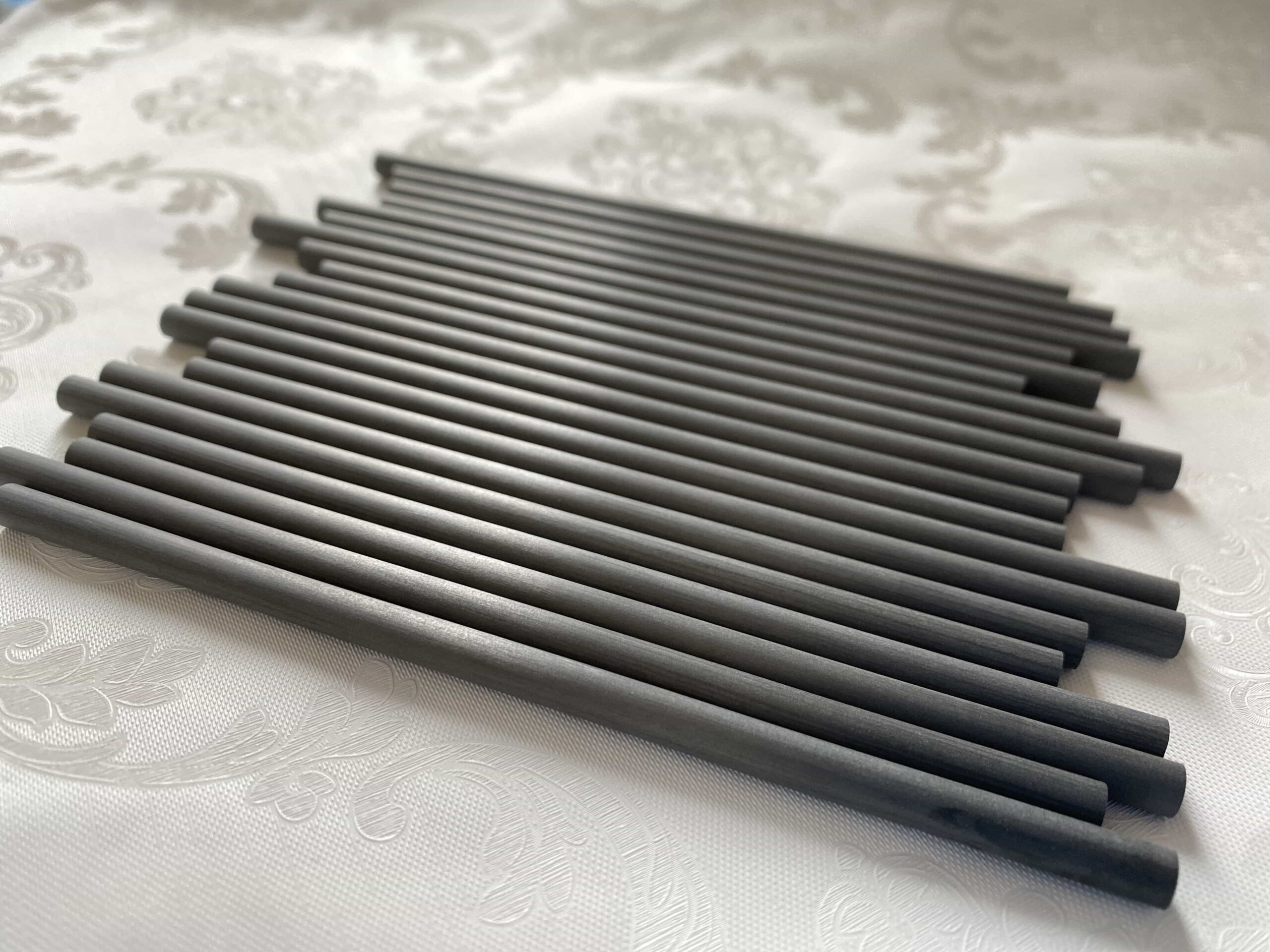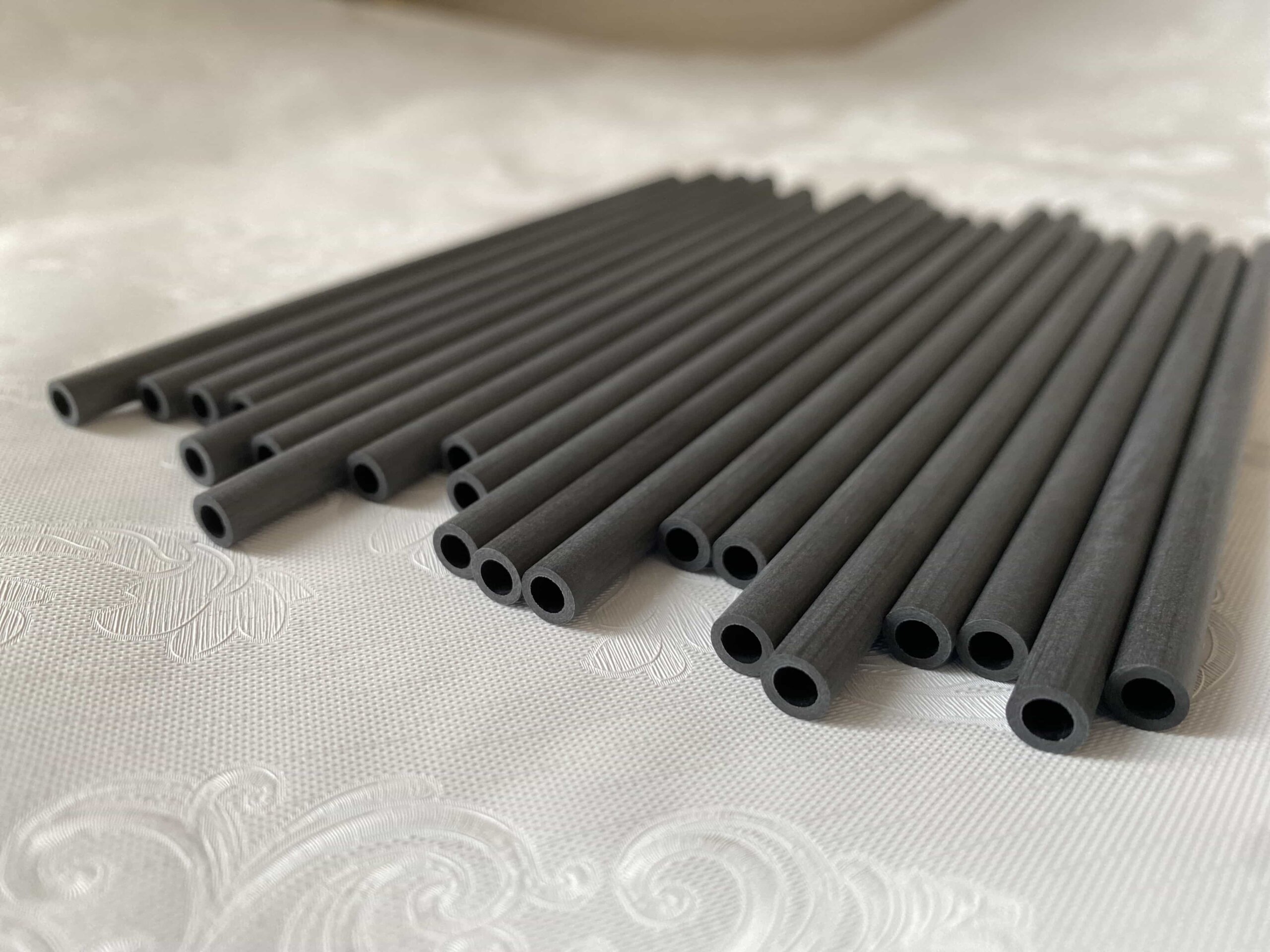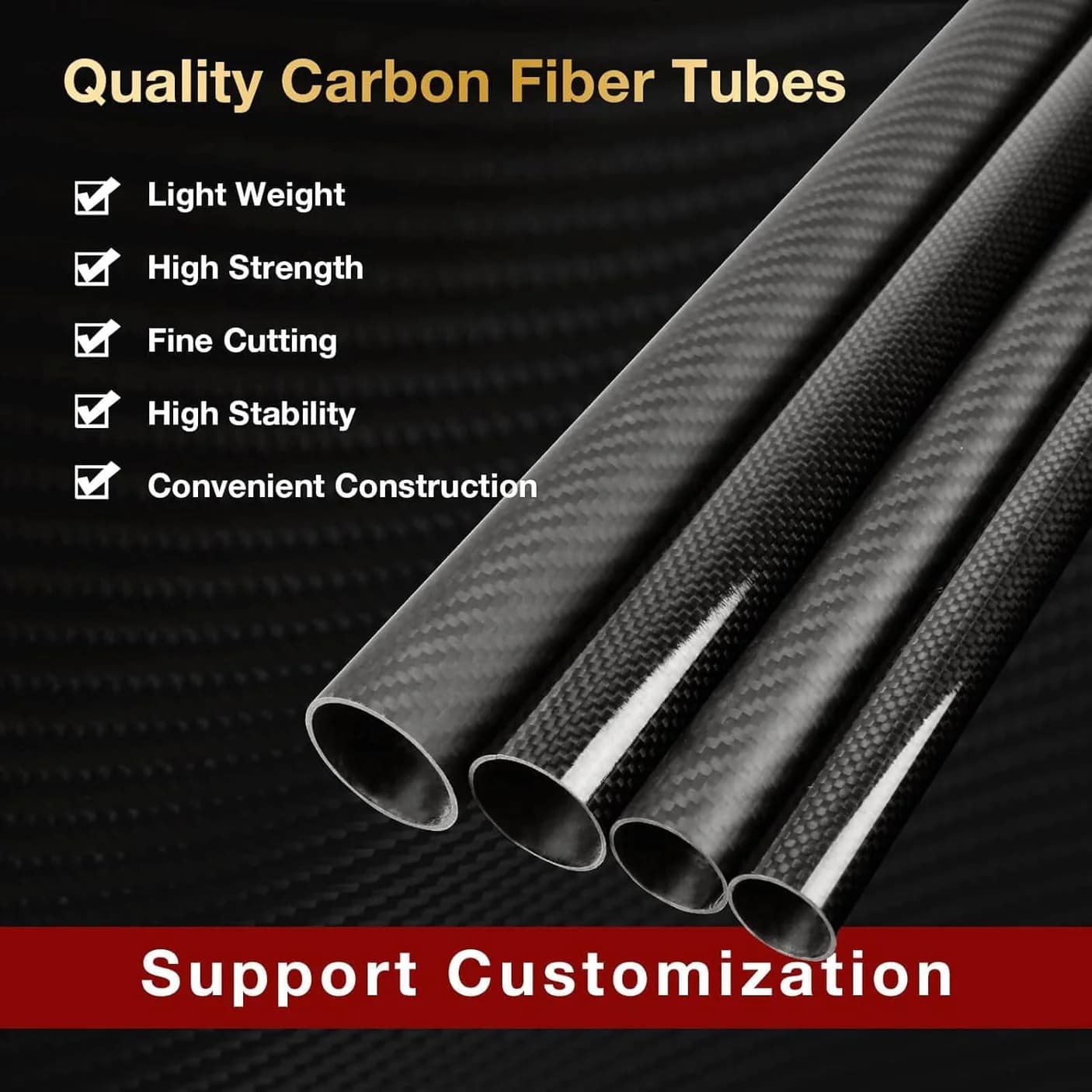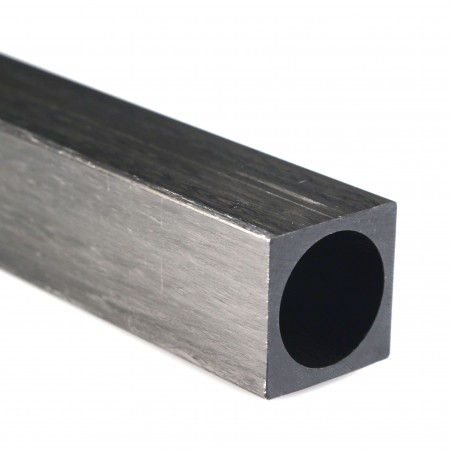
Bepiločiai orlaiviai pakeitė įvairių pramonės šakų - nuo žemės ūkio iki stebėjimo. Pagrindinis jų sėkmės veiksnys - pažangios medžiagos, pvz. anglies pluošto strypai ir vamzdžiai. Šie komponentai keičia dronų dizainą, nes siūlo lengvus, bet patvarius sprendimus, kurie praplečia našumo ribas. Klientams, norintiems optimizuoti savo dronus, reikia suprasti, koks yra šių komponentų vaidmuo ir nauda. strypai ir vamzdžiai yra labai svarbus.
Anglies pluošto strypų ir vamzdžių vaidmuo dronuose
Anglies pluošto strypai ir vamzdžiai atlieka svarbų vaidmenį šiuolaikinėje bepiločių orlaivių konstrukcijoje. Dėl didelio tvirtumo ir svorio santykio jie idealiai tinka skrydžio efektyvumui ir ilgaamžiškumui didinti. Dronai turi būti lengvi, kad kuo ilgiau veiktų akumuliatorius, ir kartu pakankamai tvirti, kad atlaikytų aplinkos poveikį, pavyzdžiui, vėją ar staigius smūgius.
Gamintojai dažnai remiasi anglies pluošto vamzdžių tiekėjai teikti medžiagas, kurios atitiktų šiuos poreikius. Pultruded strypai ir vamzdžiai yra ypač populiarūs dėl savo pastovios kokybės ir pritaikomų anglies pluošto vamzdžių dydžiai. Nesvarbu, ar jie kvadratiniai, ar apvalūs, šie komponentai pasižymi neprilygstamu standumu ir atsparumu.
Pagrindinės anglies pluošto gaminių taikymo sritys dronuose
Konstrukciniai rėmai ir svirtys:
Dronams reikalingi tvirti, bet lengvi rėmai, kad išlaikytų sraigtus ir kitus komponentus. Strypai ir vamzdžiai puikiai tinka šiam darbui. Jie sumažina bendrą svorį, išlaikydami struktūrinį vientisumą, todėl skrydžiai vyksta sklandžiau, o manevringumas yra geresnis.Sparnų konstrukcijų stiprinimas:
Fiksuotųjų sparnų dronams labai naudinga anglies pluošto vamzdžiai. Šios medžiagos sutvirtina sparnus ir neleidžia jiems lankstytis skrydžio metu. Taip užtikrinamas stabilumas ir tikslumas, ypač tokiose srityse kaip kartografavimas ar stebėjimas iš oro.
Gimbalai ir fotoaparato laikikliai:
Aukštos kokybės filmuotai medžiagai reikalingi stabilūs kameros laikikliai. Strypai ir vamzdžiai užtikrina reikiamą standumą ir nedidelį svorį. Šis derinys pailgina skrydžio laiką ir sumažina vibraciją, todėl vaizdas tampa aiškesnis.Nusileidimo važiuoklė:
Patvarios važiuoklės yra labai svarbios norint apsaugoti jautrią įrangą. Anglies pluošto vamzdžiai efektyviai sugeria smūgius ir sumažina pažeidimus, patiriamus grubiai nusileidus. Tai prailgina drono tarnavimo laiką ir sumažina techninės priežiūros išlaidas.
Anglies pluošto strypų ir vamzdelių naudojimo dronų technologijose privalumai
Lengvas dizainas:
Anglies pluošto strypai gerokai sumažinti drono svorį. Tai pagerina akumuliatoriaus efektyvumą ir leidžia pasiekti ilgesnį skrydžio laiką.Išskirtinis patvarumas:
Šios medžiagos atsparios sudėtingoms sąlygoms - nuo greitų skrydžių iki nenuspėjamų oro sąlygų. Jų atsparumas smūgiams užtikrina, kad bepiločiai orlaiviai išliktų funkcionalūs sudėtingoje aplinkoje.Didelis standumas:
Su minimaliu lankstumu, anglies pluošto vamzdžiai išlaikyti drono stabilumą. Tai ypač svarbu, kai dronas gabena didelį krovinį arba atlieka greitus manevrus.Pritaikomos parinktys:
Anglies pluošto vamzdžių gamintojai siūlome įvairių dydžių ir formų, įskaitant Anglies pluošto vamzdis kvadratinis dizainai. Šis lankstumas leidžia priimti individualius sprendimus, pagrįstus konkrečiais dronų reikalavimais.
Anglies pluošto strypų ir vamzdžių ateitis dronų technologijose
Plečiantis dronų naudojimo sritims, didėja ir pažangių medžiagų paklausa. Anglies pluošto vamzdžiai dėl savo neprilygstamo našumo ir toliau dominuos pramonėje. Tikėtina, kad dėl gamybos procesų naujovių bus gaminami dar lengvesni ir tvirtesni variantai.
Klientai, bendradarbiaudami su patikimais anglies pluošto vamzdžių tiekėjai užtikrina prieigą prie aukštos kokybės medžiagų. Nesvarbu, ar tai būtų komerciniai dronai, ar specializuoti bepiločiai orlaiviai, šie komponentai ir toliau bus labai svarbūs siekiant aukščiausios kokybės ir ilgaamžiškumo.
Išvada
Anglies pluošto strypai ir vamzdžiai iš esmės keičia dronų technologijas. Jų lengvumas, tačiau patvarumas padeda spręsti svarbiausius dronų konstrukcijos iššūkius. Šios medžiagos pagerina visų sričių - nuo konstrukcinių rėmų iki kamerų laikiklių.
Ieškantiems patikimų sprendimų, dirbantiems su patikimais anglies pluošto vamzdžių gamintojai svarbiausia. Su pritaikomomis anglies pluošto vamzdžių dydžiai ir formų, galimybės yra neribotos. Tobulėjant dronams, anglies pluošto strypai ir vamzdžiai išliks pirmaujanti, skatindama inovacijas ir efektyvumą danguje.
Nuorodos:
1.Anglies pluošto vamzdžių gamybos procesas: Gijų vyniojimo ir traukimo skirtumai
2.Kaip mes padėjome klientui išspręsti produktų problemas su mūsų anglies pluošto vamzdžiais?
3.Anglies pluošto vamzdžių galios atskleidimas: Lengvų ir lanksčių teleskopinių vamzdžių ateitis
4.Kaip pagerinti didelio skersmens anglies pluošto vamzdžių paviršiaus kokybę
5.Kodėl anglies pluošto vamzdis 50 mm OD 47 mm ID toks populiarus?






Atsakymų: 1